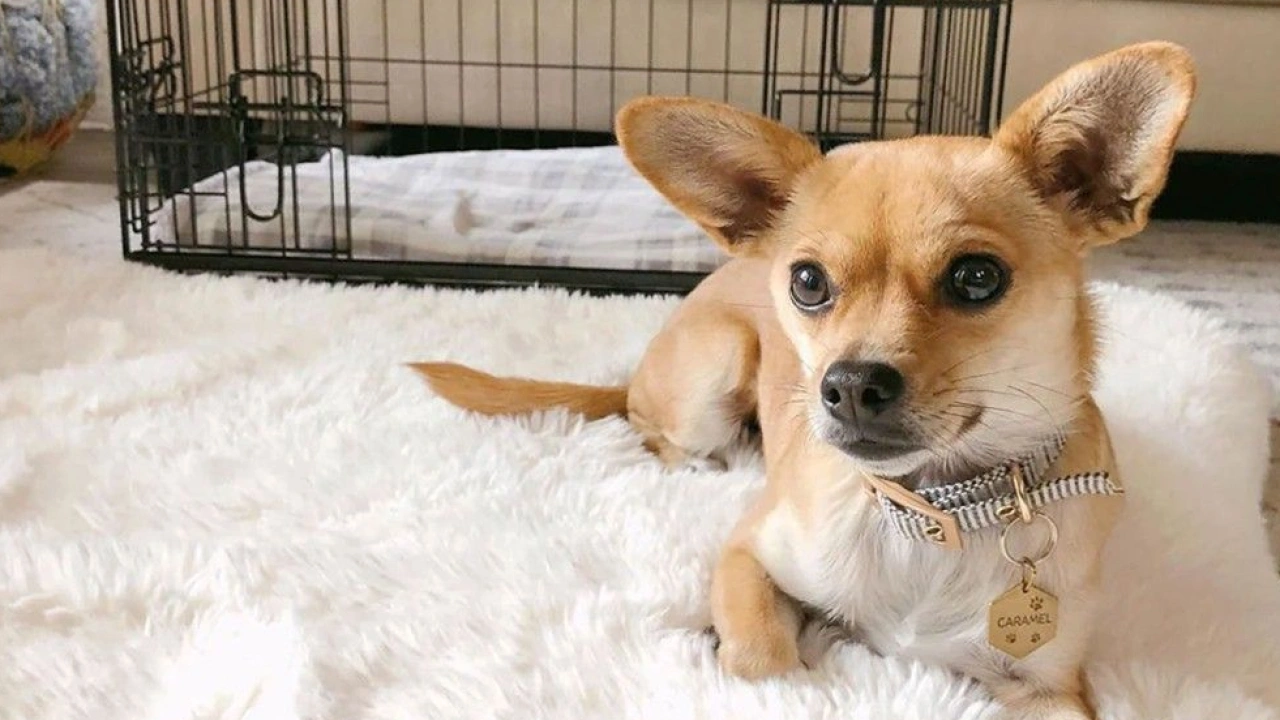Dog / Detail
Bumping Into a Strange Dog: What To Do?
Jonathan Bennet | 09 August 2024 | 18:20
Humans and their canine companions share a bond unlike any other. Our homes are their kingdoms, our walks their adventures, and our affection their nourishment.
Yet, despite this deep connection, introducing our beloved dogs to other canines often becomes a source of anxiety for both humans and their pets.
The fear of a hostile encounter, a painful bite, or simply a sour interaction can cast a long shadow over our canine social lives. To understand this complex dynamic, we must delve into the world of canine communication, behaviour, and psychology.

Understanding Canine Communication
Dogs, much like humans, rely heavily on nonverbal cues to communicate. Tail wagging, ear position, body posture, and vocalizations are all part of their intricate language.
However, unlike humans, dogs often lack the cognitive capacity to fully comprehend our intentions or emotions. This can lead to misunderstandings, especially in social situations.
A wagging tail, for instance, is often interpreted as a sign of friendliness. But it's crucial to consider the entire body language.
A stiff tail with a tense body might indicate anxiety or even aggression. Similarly, a lowered head and averted gaze can signify submission, but it could also be a precursor to aggression if the dog feels threatened.

Fear and aggression are not synonymous, though they are often intertwined in canine behaviour. Fear is a natural response to perceived threats, while aggression is a behaviour intended to intimidate or harm.
A fearful dog might exhibit defensive aggression to protect itself, while an aggressive dog might display offensive aggression to assert dominance.
Many factors can contribute to a dog's fear or aggression towards other dogs.
Past negative experiences, lack of socialization, genetic predisposition, and hormonal imbalances are just a few possibilities.
It's essential to remember that every dog is an individual, and understanding the root cause of their behaviour is crucial for effective management.

Human behaviour plays a significant role in shaping canine social interactions.
Overprotective owners, for example, can inadvertently reinforce their dog's fear or aggression by creating a defensive posture. On the other hand, overly enthusiastic owners can inadvertently escalate tensions between dogs.
It's important for humans to remain calm and assertive during dog-to-dog interactions.
Avoid pulling on the leash or shouting, as this can exacerbate your dog's anxiety. Instead, focus on providing gentle guidance and reassurance.

To help our dogs develop positive social skills, we must provide them with ample opportunities to interact with other dogs in a controlled and safe environment.
Puppy socialization classes are invaluable for young dogs, but it's never too late to start training an adult dog.
Positive reinforcement techniques can be incredibly effective in modifying fearful or aggressive behaviour.
By rewarding calm and submissive behaviour, we can help our dogs learn that positive interactions with other dogs are rewarding.

Dog owners play a critical role in fostering a harmonious canine community. By understanding canine behaviour, practicing responsible dog ownership, and communicating effectively with other dog owners, we can create a safer and more enjoyable environment for all.
When encountering another dog, it's essential to maintain a respectful distance and observe both dogs' body language. If either dog shows signs of discomfort or aggression, it's crucial to separate them immediately and avoid confrontation.
Communicating with other dog owners is equally important.
If you encounter a dog that is exhibiting aggressive behaviour, politely inform the owner about your concerns.
Avoid blaming or shaming the owner, as this is unlikely to resolve the issue. Instead, offer constructive feedback and suggest professional help if necessary.

Building a strong bond with our canine companions is a rewarding experience, but it's essential to recognize the challenges that can arise when introducing them to other dogs.
By understanding canine communication, behaviour, and psychology, and by taking proactive steps to socialize our dogs, we can create a world where all dogs can live in harmony.
Remember, patience, consistency, and a deep love for our furry friends are the keys to success.
Additional Tips:
- Consult with a professional dog trainer or behaviourist for personalized guidance.
- Consider using a muzzle as a precautionary measure, especially when introducing your dog to unfamiliar dogs.
- Avoid punishing your dog for fear or aggression, as this can worsen the problem.
- Provide your dog with plenty of exercise and mental stimulation to reduce stress and anxiety.
- Create a safe and comfortable environment for your dog at home.
By following these guidelines, we can help our canine companions overcome their fears and build lasting friendships with other dogs.
Related
-

The Healing Power of Dogs: How Canine Therapy is Revolutionizing Mental Health and Boosting Positive Energy in Humans
Dog14 November 2024
-

A Pawsitive History: Dogs of Nuremberg
Dog09 November 2024
-

The Role of Oxytocin in the Human-Dog Bond: The Science Behind Our Deep Connection
Dog06 November 2024
-

Beyond the Beach: Jamaica's Dog Lovers
Dog29 October 2024
-

A Dog's Delights: Homemade Snacks for Our Furry Babies, Recipes Included!
Dog29 October 2024
-

A Dog's Disorientation: Understanding Your Dogs' Wanderlust
Dog29 October 2024
Popular
-

-

A Pawsitive History: Dogs of Nuremberg
09 November 2024 -

-

Beyond the Beach: Jamaica's Dog Lovers
29 October 2024 -
